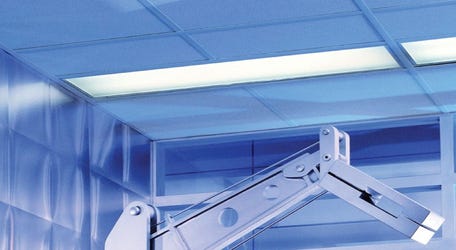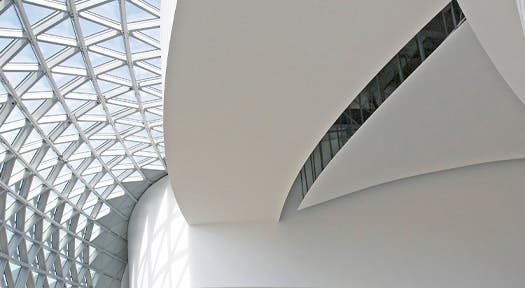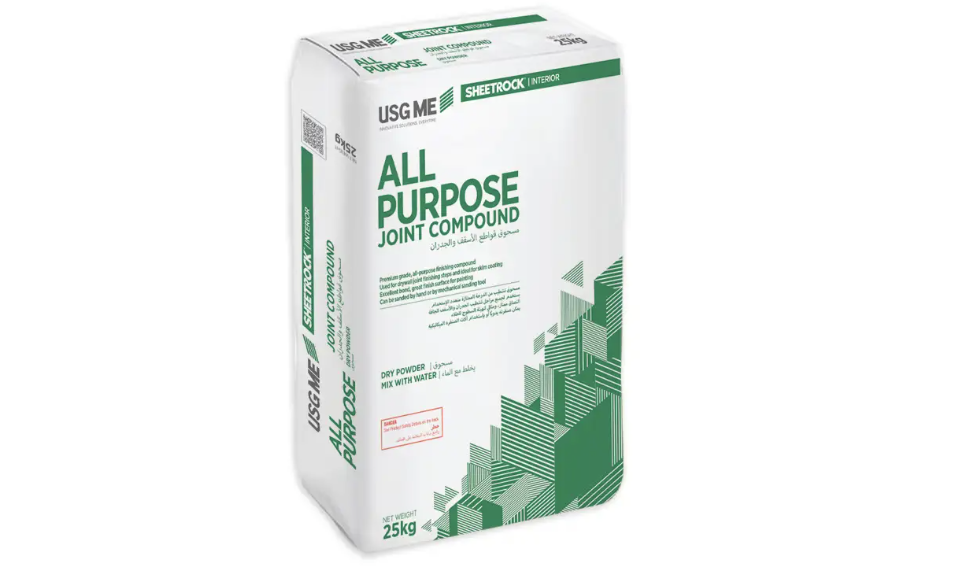What Is The Difference Between Pre-Mixed Joint Compound And Setting Type Compound
Setting type compound and pre-mixed joint compound are two materials that are used to fill cracks and holes in the walls of your home or place of business to make it look as good as new again.
Despite their similar names, the two products have very different applications, uses, and results that make them quite dissimilar when you look at them closely. To determine which one of these products would be best suited for your needs, you need to be aware of some of the key differences between them so that you can choose wisely.
What Is Setting Type Compound
Setting type compound is also known as hydrated lime and is commonly used in plastering works.
This set mortar can be applied on any surface such as wooden, concrete or metal. It is designed to help in repairing cracks and holes in walls.
In these joints, you must mix the powder with water and spread it into cracks and holes using a trowel. Once it sets, you should sand it by using rough sandpaper for an even surface.
By doing so, you will be able to get a smooth finish. You need to apply three coats of setting type compound over time for better results. If you want to repair bigger areas, then you need more than one bag of a setting-type compound at a time.
However, if your wall has been painted, you should not use a setting-type compound. Therefore, always make sure that your wall has not been painted before applying it; otherwise, there are chances that the paint may peel off.
Also, you should never expose yourself to inhaling dust while working with setting-type compounds because it can cause respiratory problems.
What Is Pre-Mixed Joint Compound
Pre-mixed joint compound is a good choice if you’re in a hurry and can’t mix it yourself. It comes in five-gallon buckets and will set after about 30 minutes, making it perfect for small jobs that need to be done quickly.
Most contractors will purchase pre-mixed because they want something they can set up as soon as possible.
However, mixing your joint compound gives you more control over how thick or thin your mixture is and lets you customise it to fit your needs. If you’re looking for something fast, go with pre-mixed; if not, try mixing your own. You might find you like it better!
How are they different?
While they may seem similar, there are some very important differences between setting type and pre-mixed joint compound.
Before diving into these differences, it’s essential first to understand what each of these compounds is used for. Pre-mixed joint compound is a water-resistant compound that’s made up of limestone, portland cement and lime.
For best results, you’ll want to add about 1/4 as much water as you have compounded for best results. This mixture can be applied with either a trowel or spatula and will form a hard surface when dry.
It should be noted that while pre-mixed joint compounds can be left exposed in your home, it isn’t recommended that you do so because it tends to stain surfaces such as wood or carpeting if allowed to be set for too long.
On the other hand, setting type is a powdery substance mixed with water to create a thick paste.
Once mixed, it can be applied using an extruder gun and then smoothed out using a rubber roller.
Unlike pre-mixed joint compound, setting type doesn’t require any drying time before being walked on – but keep in mind that it won’t hold up well under heavy traffic or extreme weather conditions.
Another benefit of setting type is that it comes in many different colours; if you prefer to match your flooring, you’ll find plenty of options available.
Both of these products are easy to use, but some key differences make them ideal for different applications.
Advantages Of Pre-Mixed Joint Compound
There are several advantages to using a pre-mixed joint compound, especially if you’re trying to save time.
One of these advantages is that it generally takes less time for a pre-mixed joint compound to dry and harden than the setting type does. This means that you can finish up your drywall project much faster with a pre-mixed joint compound.
Also, unlike the setting type, which usually has a limited shelf life (usually about six months), the pre-mixed joint compound doesn’t have an expiration date. Therefore, you can store it in your garage or basement until you need to use it.
Another advantage of using pre-mixed joint compounds is that there are many different brands available on the market today—so finding one that meets your needs shouldn’t be difficult at all.
Finally, another advantage of using a pre-mixed joint compound is that it comes in various colours.
So, even if you don’t want to paint over your drywall when you’re finished with your project, you can still find a colour that will match well with your home decor.
Disadvantages Of Pre-Mixed Joint Compound
Mixing your joint compound can save time and money, but there are a few disadvantages to consider. First, if you mix in too much water or not enough joint compound, then your wall will be too thin and might not hold up.
Secondly, mixing your joint compound takes time, as do all DIY projects. You also must know how much joint compound is needed for each project.
Finally, the pre-mixed joint compound is available in many different colours, so it’s easy to match existing walls and trim.
Advantages Of Setting Type Compound
Setting type compound comes in a powder form, meaning it is easy to mix with water and apply.
With it, you get unlimited working time, meaning you can take as long as needed to smooth out your surface and achieve a perfect finish. The setting type also dries clear, making it ideal for use on interior walls or ceilings.
It’s also more economical than pre-mixed joint compounds (see below). But setting type has its downsides: It takes longer to dry than pre-mixed joint compound (upwards of 24 hours), so you have less time to work on other tasks.

Disadvantages Of Setting Type Compound
Setting type compound is much more flexible than pre-mixed joint compound, but it can also be difficult to use.
Compared to pre-mixed compounds, setting type requires a lot of effort and time. It may require extensive preparation and measurement before pouring into place, which can sometimes take hours or days.
Another disadvantage of setting type is that it’s not always easy to buy in some areas, and it can be very expensive if you have access to it.
There are many different brands on the market, so it can be hard to determine which one will work best for your project.
How do I know what I need?
When starting your project, choosing between the setting type and the pre-mixed joint compound is important.
Your choice will depend on a few things: your experience working with tile and grout, how much time you have to complete your project, and how durable you need your joints.
If you are unsure of what type of jointing material to use, talk to your local flooring retailer or contractor for advice. Get EASYJOINT™ 60 Setting Type Premium Jointing Powder from USGME today!










